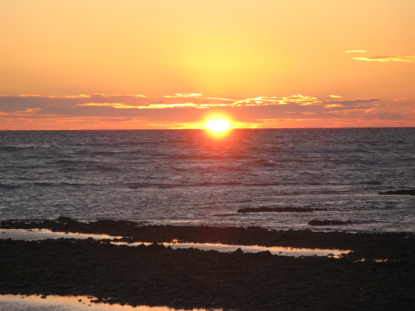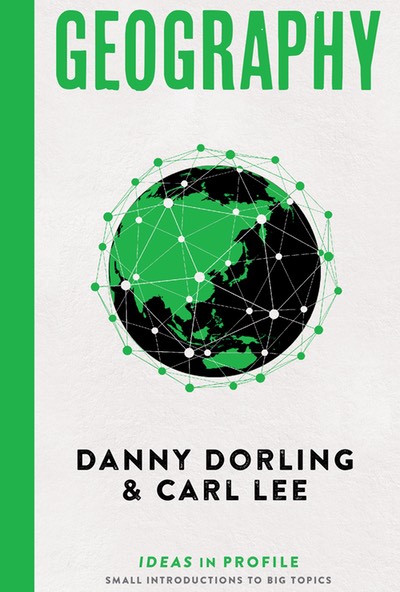At the original source of our DNA trail is a ‘mitochondrial Eve’, a woman who would have had at least a daughter who went on to have a daughter of her own and from whom all of humanity is related exclusively through the maternal side. Scientists continue to haggle over when such an individual existed, but not if she existed – the range of estimates for her lifetime is between 90,000 and 160,000 years ago. They are far more certain of Eve’s location: the plains of east Africa, the point of human origin on the map on the previous two pages.
Genetic insights allow us to map the progress of humans across the planet’s surface, facilitated by environmental change as ice sheets retreated, but also to relate these mass- and sometimes micro-movements to the major changes in environmental conditions that human expansion brought to different places. Humans themselves changed slightly as they shaped and were shaped by their surrounding lands. They also began to change the plants and the animals around them through selective breeding. Our genes and our geography are intertwined.
In some areas human skin lightened; in other places some of us became able to drink other mammals’ milk due to genetic changes. But these were all minor adaptations. Ever since mitochondrial Eve, the biological commonalities that exist throughout humanity have meant we are one race – the human race, Homo sapiens. We are all related. The planet is our common home.

Photo: Sunset on the Île de Ré, France
Map: Human Migration (© Benjamin Hennig)
This map illustrates the migration of humanity across the Earth, with all movement originating in Africa and with the estimated dates of arrival shown at various locations. It is drawn on a base map that reflects the population density of humanity today. However, that density, with most humans now living in Africa, India and China, has been long established, and so this base map is similar to one showing area in proportion to all humans that have ever lived. In such a map Australia and the Americas would be drawn even smaller than those continents are drawn here, and Europe would be a little smaller.
Further Exploration
To grasp the importance of a long, global view of economic history in understanding the present geographies of the world, read Andre Gunder Frank, ReOrient: Global Economy in the Asian Age (University of California Press, 1998).
A persuasive argument for an early Anthropocene commencing with the rst substantial human modification of the environment 7,000 years ago can be found in William Ruddiman, Plows, Plagues and Petroleum: How Humans Took Control of Climate (Princeton University Press, 2010).
An excellent undergraduate textbook on the formation of the historical traditional of geography and the many paths that the subject has taken is Anoop Nayak and Alex Jeffrey, Geographical ought. An Introduction to Ideas in Human Geography (Prentice Hall, 2011).
One of the most challenging books written about the fundamental geographical concern with ‘place’ is Tim Cresswell’s Place: An Introduction (Wiley-Blackwell, 2nd edition, 2014).
Much lauded, and also often criticised, Jared Diamond’s book Guns, Germs and Steel (Vintage, 1997) is an attempt to explain the ascendancy of European colonialism from the 16th century onwards.
The original Tabula Rogeriana from 1154 is lost to time, but the holder of Oxford University’s First Chair of Arabic,
Edward Pococke, mysteriously acquired a 1553 copy in the Middle East in the 17th century. It now resides in the Bodleian Library at the University of Oxford and can be found online at http://en.wikipedia.org/wiki/File:TabulaRogeriana.jpg#/ media/File:TabulaRogeriana_upside-down.jpg.
